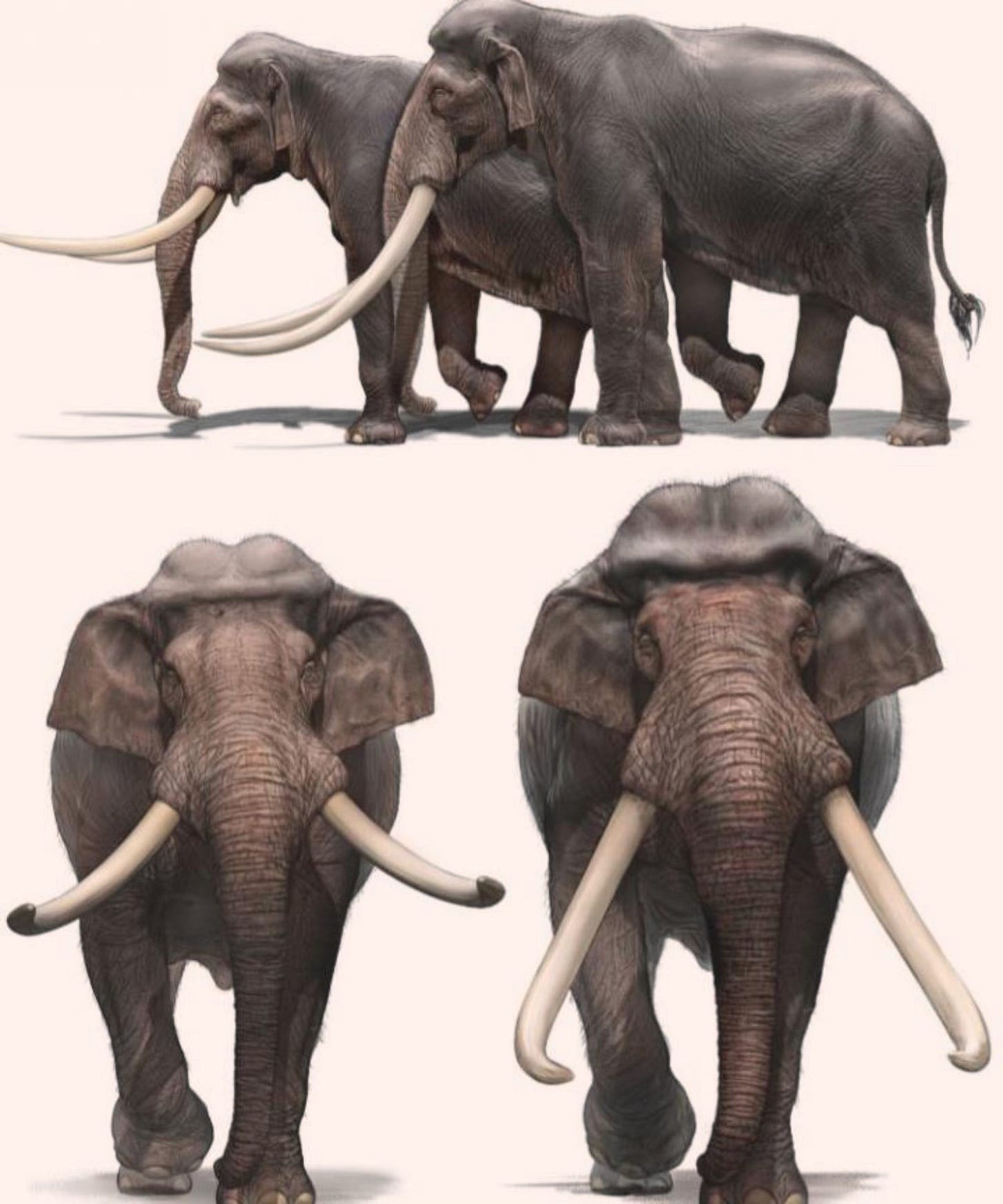The Widespread Exploitation of Straight-Tusked Elephants by Neanderthals
Archaeologists from MONREPOS, the Johannes Gutenberg University of Mainz and Leiden University have recently learned that around 125,000 years ago, Neanderthals hunted straight-tusked elephants
Archaeologists have unveiled groundbreaking discoveries shedding light on the behavior of Neanderthals, revealing their involvement in hunting and butchering straight-tusked elephants (Palaeoloxodon antiquus) during the Pleistocene period. This revelation, stemming from the collaborative efforts of MONREPOS, the Johannes Gutenberg University of Mainz, and Leiden University, delineates a significant facet of Neanderthal subsistence strategies dating back around 125,000 years ago.

Archaeological Revelations
At the core of this groundbreaking revelation lies an intriguing archaeological find in northern Europe, notably the Neumark-Nord site. Here, meticulous analysis revealed a pattern of extensive straight-tusked elephant exploitation, with a particular focus on adult males. This butchering activity, distinguished by its scale and precision, stands unparalleled in the archaeological records, marking a pivotal moment in understanding Neanderthal behaviors.

